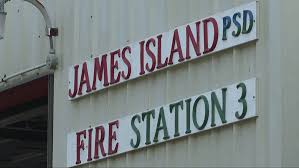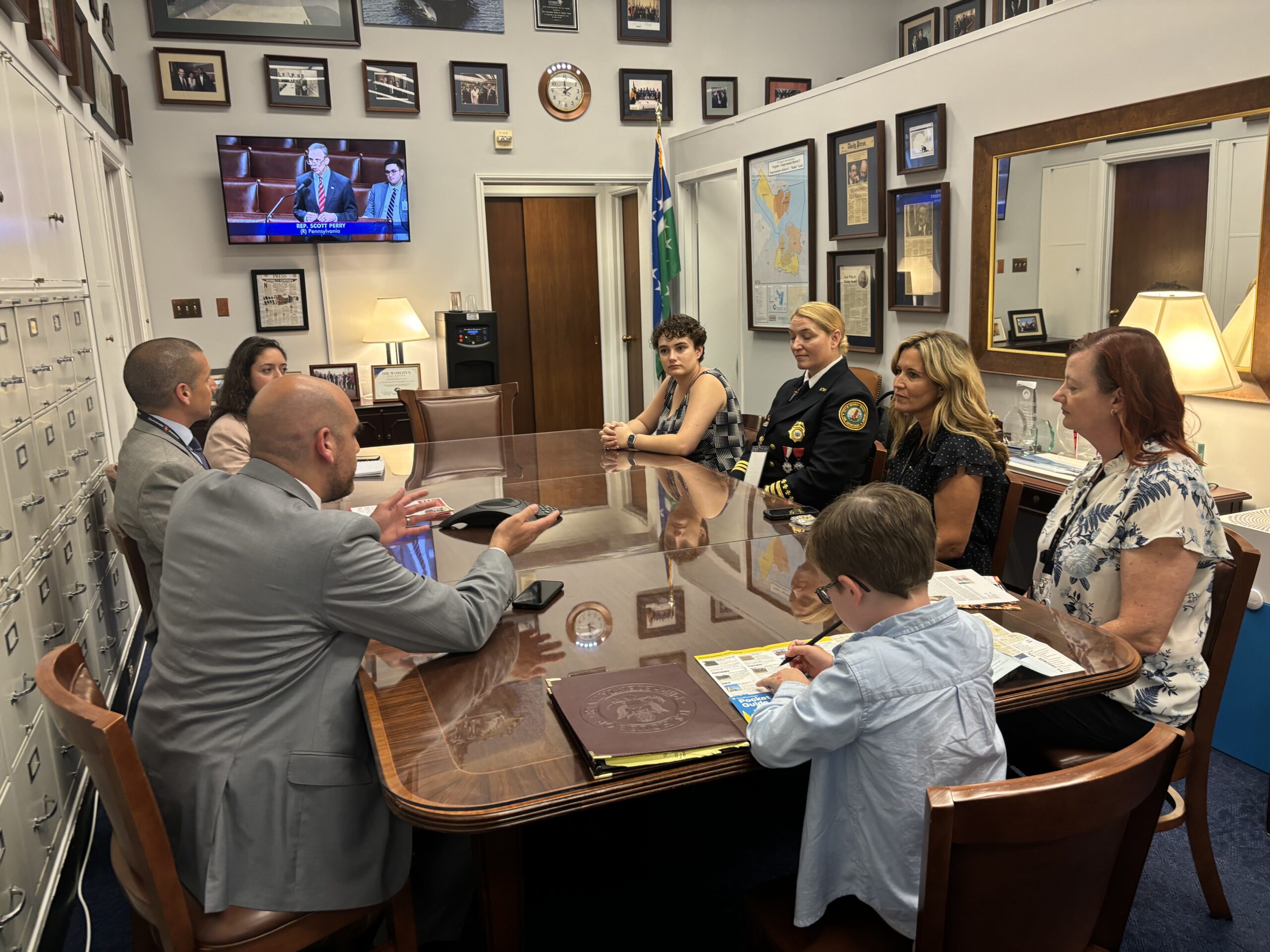On November 4, Pampa, TX Local 3293, in conjunction with other firefighting agencies, hosted a FIRE OPS 101 event at the Armory where local media, city officials and even state representative Ken King were invited to take part in various simulated firefighting operations. This is a first-person perspective of the event by John Lee of The Pampa News.
I have always had a great respect for first responders, including firefighters. The people that become fire fighters often not only put their lives on the line, but often spend days at a time away from their family as part of their daily firefighter operation.
When Craig Harkcom, president of the Pampa Firefighter Association, invited me to take part in Fire Ops 101 and told me what it entailed, I was excited for the opportunity.
Those taking the training were broken into four separate groups and rotated around four stations. Since I have been dealing with a knee injury and was unsure of how much I would be able to participate, I was assigned as a “floater” with Pampa Fire Marshal Jason Roberts.
Before hitting the various stations, everyone was put in full bunker gear, which is the garb you normally see firefighters wear when on the scene of an emergency. I am not normally a boots-wearer so by the end of the day my feet actually hurt more than the knee I had been dealing with for several weeks.
It took me a good five to 10 minutes to get the gear on completely. Roberts told me the expectation is firefighters have to have their gear on in 60 seconds when a call comes in. After getting myself set in gear, and receiving instructions, I joined in with a group that consisted of people from state representative Ken King’s office.
The first station we went to was extraction where we learned the different protocols that fire crews use when working a motor-vehicle accident and what they do if someone is trapped in the vehicle. They showed us two hydraulic tools that they commonly refer to as a spreader and a cutter. These tools were quite heavy and tricky to maneuver when working a door removal.
The entire operation took us close to an hour; granted we were learning various situations of a motor-vehicle accident. We were told that in most cases, in a situation like that, the crews need to have the operation done in five or six minutes.
Following the extraction station, our group went to ventilation where we learned about the various ways firefighters try to get smoke out of the house. We learned about vertical ventilation and horizontal ventilation.
The station provided for another look at the challenges that firefighters go through when fighting a fire and the multiple variables they take into consideration on a second’s notice.
The third station we went to, and probably the most challenging physically, was the smoky room rescue. The standard practice for firefighters in the situation is to get on hands and knees and get against the wall and circle the perimeter of the room.
But if they are needing to get to the middle of the room, for any reason, they can reach but have to keep a foot against the wall so they know where the perimeter is. The wall and the hose you take into the room acts as your guide in and out of the house.
It is important to note that before heading into the smoke room, our group got an oxygen tank and mask on. We used still tanks which Roberts noted weigh anywhere from 30 to 40 pounds. Because of my knee injury, I was unable to get on my hands and knees so I worked the back of the squad and fed more tube in. This was the most challenging of the stations in my opinion.
Between all of the gear, the weight of the hose and being unable to see anything going on I will admit to getting very winded and worn out from the event. This is probably where the realization of the toll these men put on their bodies, physically and mentally, became most clear.
I needed a few moments to sit down and get re-hydrated before our final station: the heart attack rescue on the roof. Each of us in our group were able to go in the platform on the ladder truck and go on the roof of the Armory.
From there we were presented with a hypothetical victim who had a heart attack. We first had to administer CPR and strap the victim onto a cot. We learned how to strap the patient in and load them on the platform.
Throughout the entire exercise one person had to be administering CPR while the other three strapped the patient in. The important part of this lesson was learning the challenges if we didn’t have four people. A lot of times crews have only three people throughout the situation.
After lunch, the day was concluded with a presentation by the Cancer Firefighter Support Network’s Curtis Dunn. Not surprisingly, although not mentioned often, firefighters have a greater risk of getting cancer because of their craft.
During the presentation, we learned that firefighters are at two times more risk to develop testicular cancer and anywhere from 1.14 to 1.53 more times risk of getting other various cancers such as skin, prostate, brain, colon and leukemia.
The CFSN is looking to raise awareness and encourage individual stations to make changes to their operations including:
- Stress the importance of wearing oxygen tanks and masks during active fire scenes.
- Not wear dirty or contaminated turnout gear like it’s a badge of honor.
- Not running the firetruck in the firehouse on idle.
- Not storing bunker gear inside apparatus bays and immediately removing after a call is over.
There are many more recommendations that were passed out to firefighters at the training.
As I mentioned at the start of the article, I have always respected firefighters and what they do. After going through the Fire Ops 101, and merely getting a taste of what these men do on a daily basis, I respect and hold firefighters in an even higher regard.
To Pampa Firefighter Association, Craig Harkcom, Jason Roberts, Pampa Fire Department chief Greg Lee and everyone involved in this profession, thank you.


